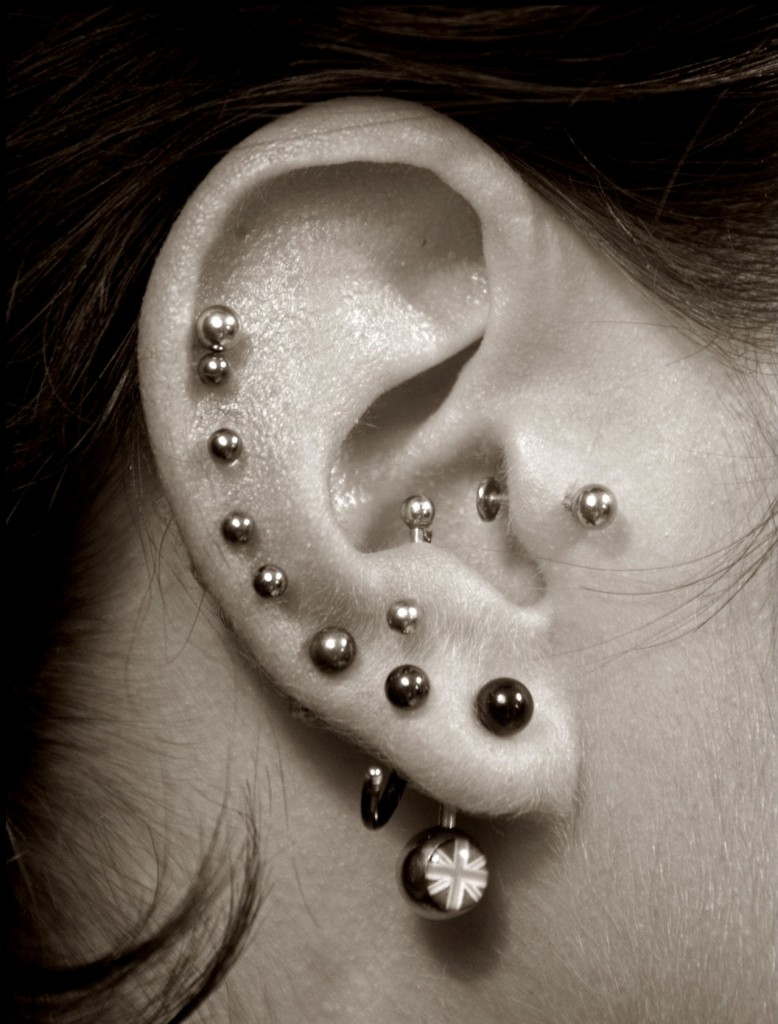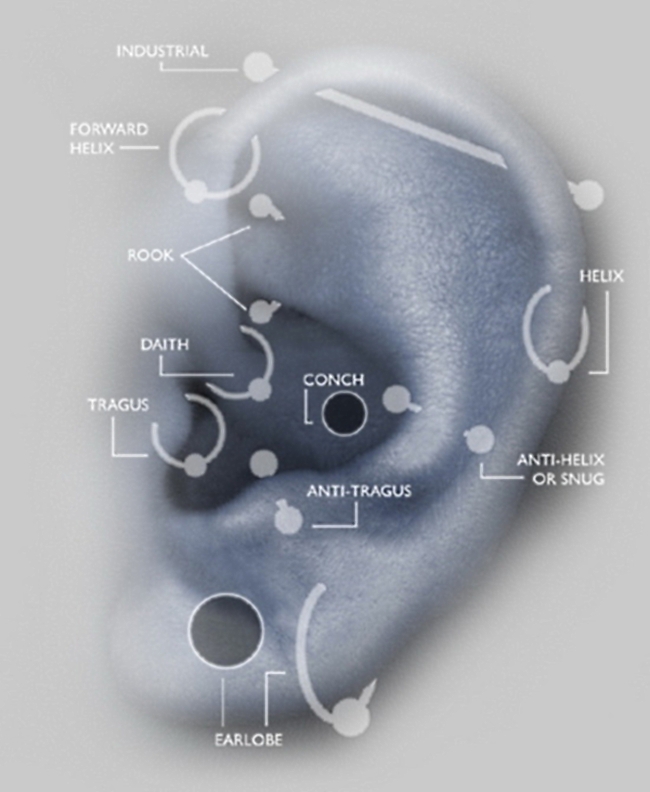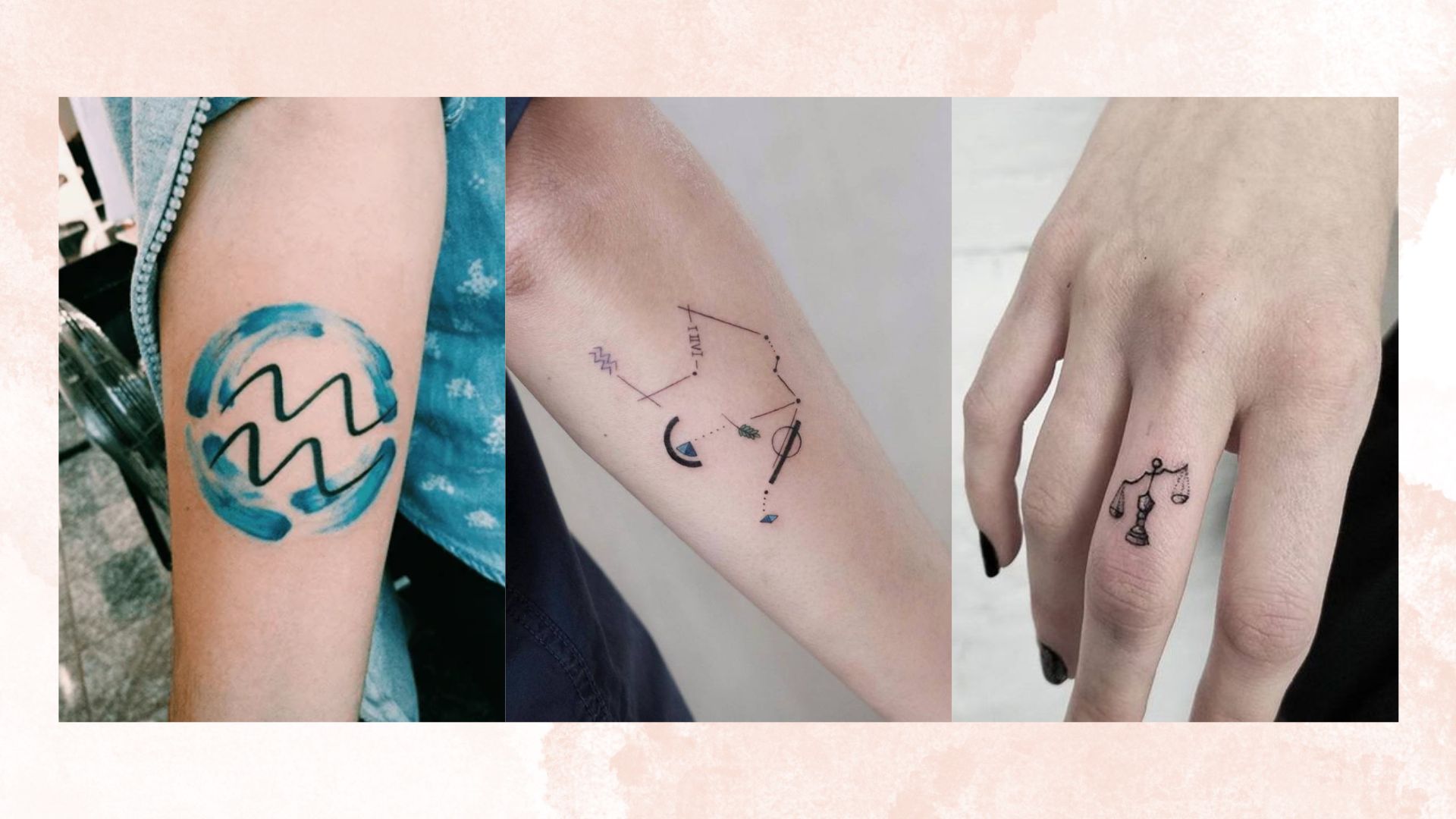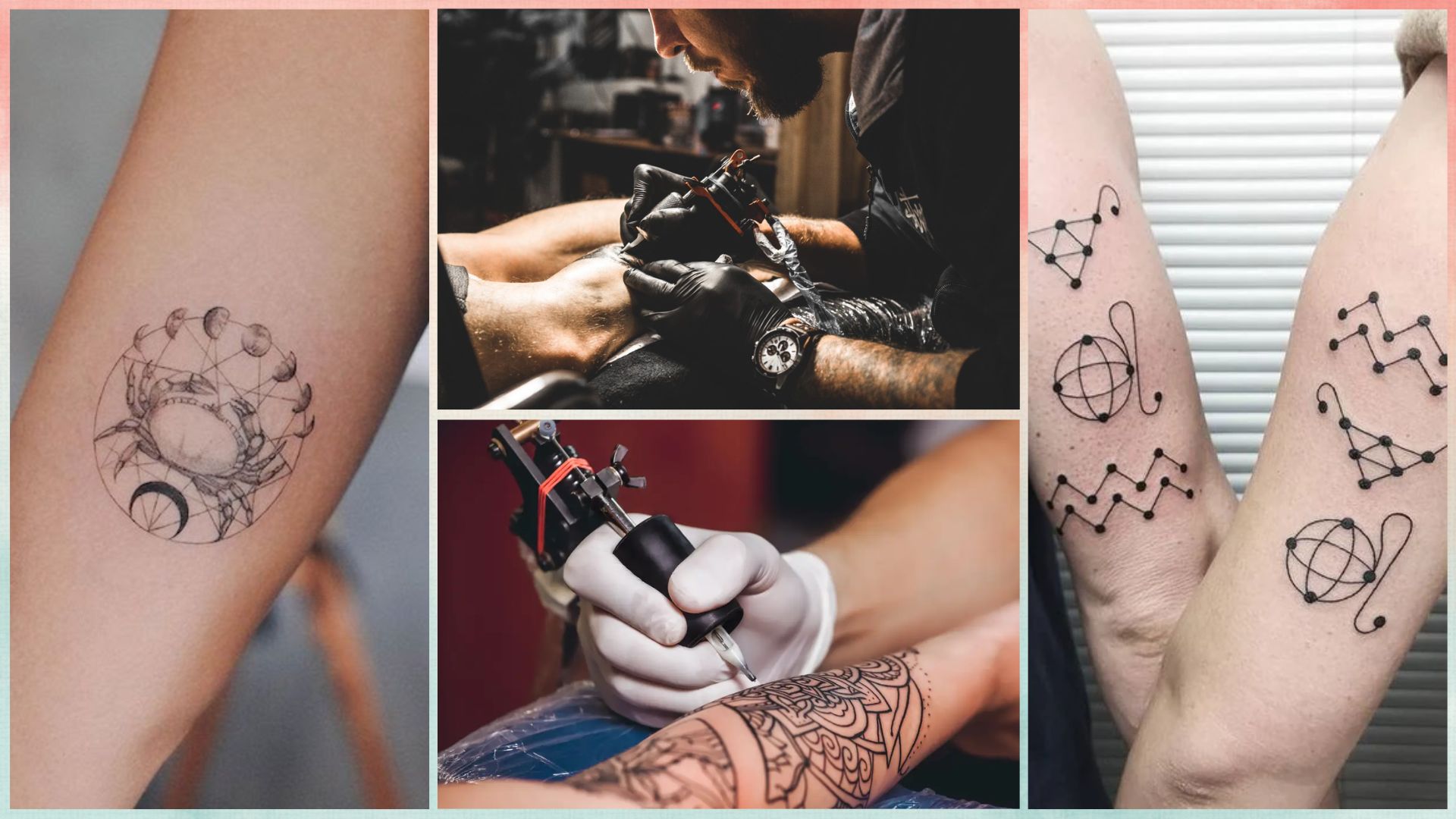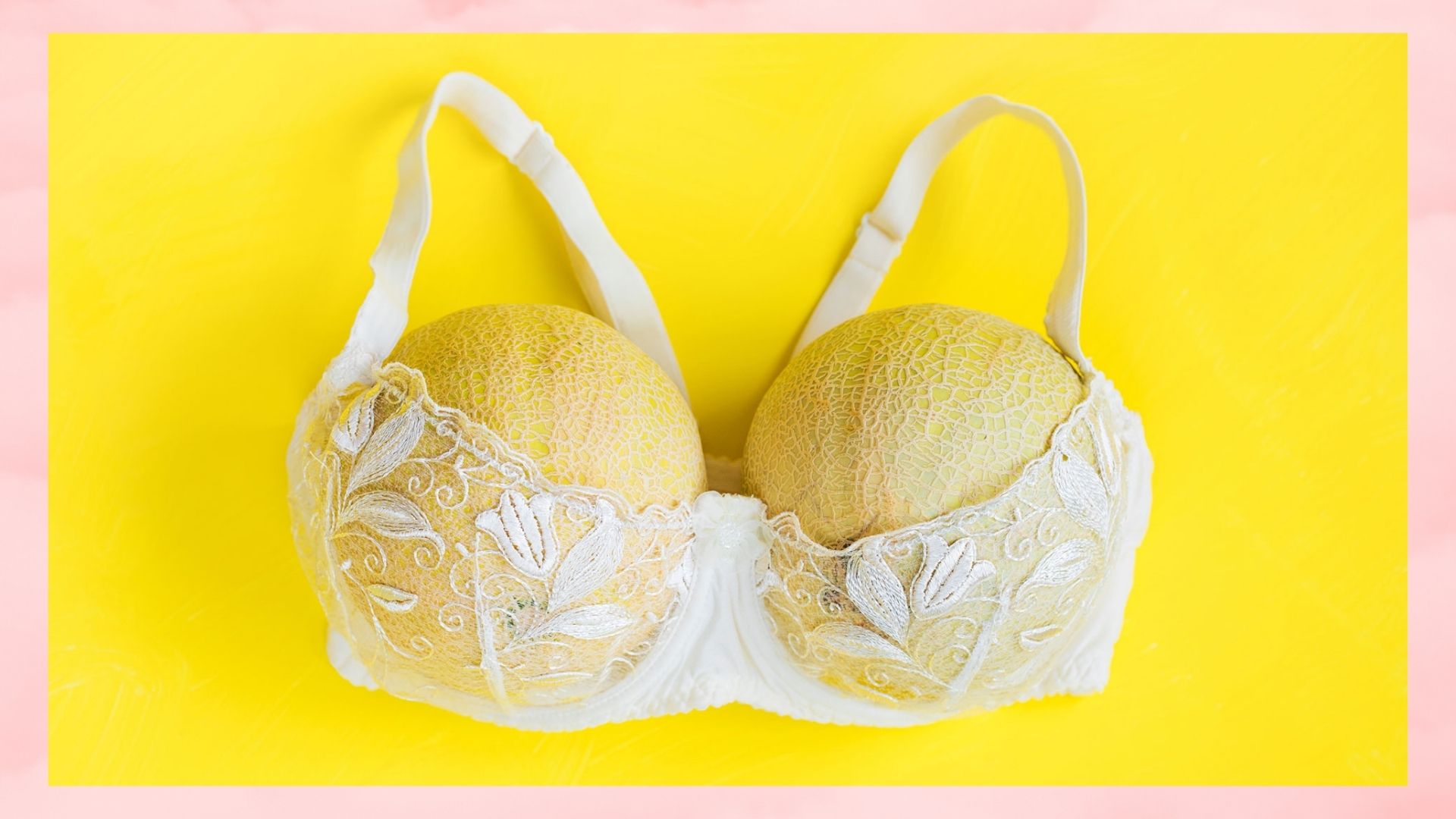In a person’s everyday life (be it male or female), adorning your body with thread and cloth (and perhaps some designer goods) is a norm. Nobody likes to walk around bare naked after all. But here’s another item that people have taken a liking to adorning their bodies with that has become universally accepted – body piercings.
A form of body modification, body piercing is a puncturing or a cutting process of the human body (eep!) to create an opening in which jewellery can be worn. It stemmed from religious or spiritual reasons but since the 90s, ear, nose, navel, and tongue piercings have become a contemporary norm. So much so that it has become some sort of a “beauty” item or a “fashion statement”.
For the ears, piercings have become “project”-esque simply because there are now so many different ways to pierce one of the most obvious parts of the human body. It’s hard not to get creative!
However, over the years, the trend has evolved into what is commonly mistaken as borderline sadomasochism with the advent of female/male genitalia piercings and microdermal piercings/implants. Of course, that’s entirely up to your interpretation.
(We won’t post up any pictures of those types of piercings)
Here are some things you need to know about piercings:
1. Transmission of diseases. If the piercing instruments are not properly sterilized, then you’re basically opening doors for some life-threatening disease (e.g. Hepatitis B, Hepatitis C, Tetanus, and HIV). Go to a professional piercer and confirm that the equipments are hygienic and sterilized.
2. Allergies. If you’re sensitive to certain metals or will develop allergic reactions (such as a nickel allergy), be sure that you use only non-allergic metals such as surgical stainless steel or titanium. High quality jewellery usually reduces the risk of an allergy.
3. Infections. This is by far one of the major risks of body piercings, but it’s not uncommon. It is usually the result of unhygienic piercing techniques or, lack of good piercing aftercare. Clean your piercing thoroughly with a mild, antibacterial liquid soap at least two to three times in a day. Avoid swimming (especially in rivers or the sea) during the healing process.
4. Damage. Piercings that are not carefully placed or taken care of can cause damage to nerves, keloids (thick scarring), or leave the surrounding tissues permanently dead. Tongue piercings, especially, are known to wear out tooth enamel, chip teeth, and damage gums.
5. Healing. It’s called a piercing because it’s an invasive procedure to the human body. Hence, it means leaving a wound. The healing period of each type of piercing varies from anywhere between four weeks to about a year.
Ask around before getting anything done to yourself. Better yet if you have friends who have better knowledge of piercings (especially the ones that you want to get). Hear it firsthand from them and at the same time, get them to recommend piercers. Don’t go at it alone if you’re inexperienced.
Besides, it would be good to have a friend hold your hand throughout the entire process, no?



